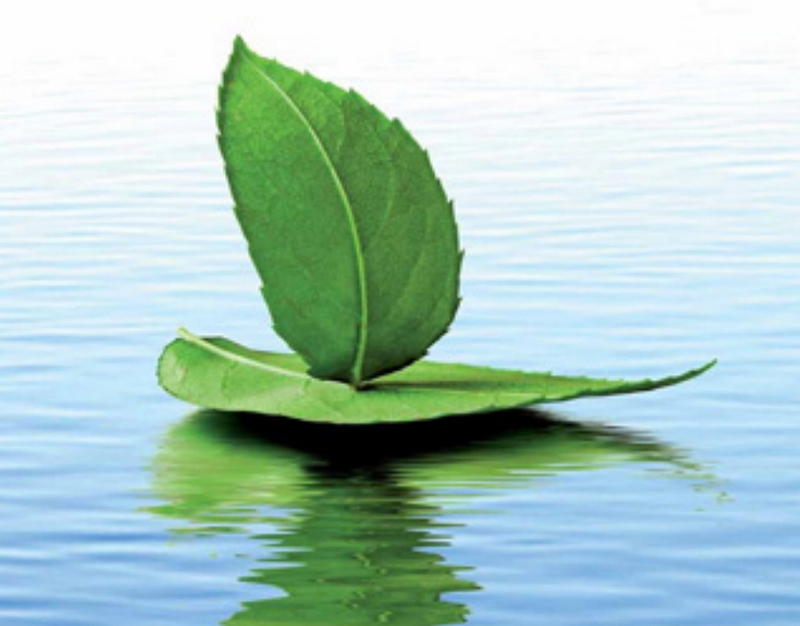February 5th is the day when the world’s first hydrogen law was enforced. The hydrogen law, whose official name is “The Hydrogen Economy Promotion and Hydrogen Safety Management Act,” is a law that embodies the hydrogen economy implementation promotion system and focuses on fostering hydrogen specialized companies, developing related high-tech technologies, and establishing the foundation for professional manpower. .

The Green Ship-K project, a Korean eco-friendly ship, is being promoted in earnest ⓒ marinelink.com
In line with this situation, the Ministry of Trade, Industry and Energy and the Ministry of Maritime Affairs and Fisheries recently confirmed the ‘1st Eco-friendly Ship Basic Plan’. This basic plan, prepared for the development and distribution of eco-friendly ship technology, was named ‘2030 Green Ship-K Promotion Strategy’ to create an image of a Korean eco-friendly ship.
Eco-friendly ships are the main trend in the future shipping market
An eco-friendly ship means a ship using eco-friendly energy or fuel as a power source or equipped with marine pollution reduction technology or ship energy efficiency improvement technology.
Fuel cell ships using electric energy generated by using hydrogen, etc., or ships that use eco-friendly energy such as hydrogen, ammonia, and liquefied natural gas (LNG) as fuel are all called eco-friendly ships.
However, the number of eco-friendly ships among the ships that traverse the sea is extremely small. According to a report by Clarkson Research, the UK’s global shipbuilding and shipping analysis agency, the number of eco-friendly ships out of more than 100,000 ships around the world is only about 5.6%.
The number of eco-friendly ships in Korea is relatively small compared to that of the world. Of the 10,000 domestic ships in total, only 346 ships, or 3.4%, of which eco-friendly technology was applied.

Greenship-K project vision and strategy ⓒ Ministry of Oceans and Fisheries
As such, the number of eco-friendly ships in Korea is still insignificant, but famous overseas shipping companies are accelerating the transition to eco-friendly and high-efficiency ships to respond to environmental regulations that will be strengthened in the future, and accordingly, the eco-friendly ship market is growing rapidly.
The changes in the world’s eco-friendly ships predicted by shipping survey companies are divided into short-term forecasts until 2030 and mid- to long-term forecasts until 2050. The core of the prediction is that low-carbon fuel or mixed fuel technologies such as ammonia will be applied by 2030, and carbon-free energy such as hydrogen will be used by 2050.
In line with this prospect, Korea is also dreaming of the future of eco-friendly ships. It was decided to promote the’Green Ship-K Project’ to secure world-leading technology in the field of future eco-friendly ships.
Hydrogen is a key energy source for the Greenship-K project
Hydrogen is the most representative energy source among eco-friendly energy to be used in Greenship-K. In the automotive field, hydrogen-fueled battery vehicles using hydrogen as an energy source have already appeared and have been commercialized, and related infrastructure such as hydrogen charging stations are also growing together.
But the case of ships is different. The development of ships using hydrogen as an energy source is in the early stages of technology. In particular, the low volumetric energy density of hydrogen and the low storage temperature reaching -253℃ are factors that make commercialization difficult. When comparing the tank size of energy sources used in eco-friendly ships, LNG is 2.3 times and ammonia is 4.1 times, but hydrogen is 7.6 times.
In addition to the technical difficulties, the practical problem of regulations is also holding back. Hydrogen is not registered in the safety standard code required for international voyage, and there is no regulation on hydrogen fueled ships even in Korea.
The development of ships using hydrogen is no exception as overseas. However, major countries such as the EU, the United States, and Japan are competitively promoting the development of hydrogen-fueled ships despite real difficulties. Representatively, the world’s first hydrogen-powered passenger ship,’Hydro Genesis’ in the UK and’SF-Breeze’ in the US, are cited.
On the other hand, in Korea, some submarines are considering using hydrogen fuel cells as auxiliary power, and some local governments are only proceeding to develop ship technology with small hydrogen fuel cells.
Therefore, the Greenship-K project aims to quickly catch up with the level of hydrogen fuel cell ships in Korea to the level of advanced countries and to exceed that level at certain stages.

Present and future of hydrogen fueled ships ⓒ Ministry of Oceans and Fisheries
Looking at the detailed direction of the Greenship-K project, the primary goal is to develop a demonstration ship that goes to and from the coast by applying a new technology that has been verified, and then develops it into a large ship.
In addition, it aims to be obligatory for public institutions to purchase or to provide a market for the private market so that products with new technologies, such as hydrogen cars and electric cars, can successfully enter the initial market.
Meanwhile, the development of the ship’s own technology is also important, but the Greenship-K project also includes the development of safety standards and international standardization of infrastructure necessary for hydrogen ship development such as hydrogen transportation and hydrogen bunkering.
The Ministry of Oceans and Fisheries plans to advance the market and advance technology through early securing of ship technology to which carbon-free energy sources such as hydrogen are applied.
(One)
